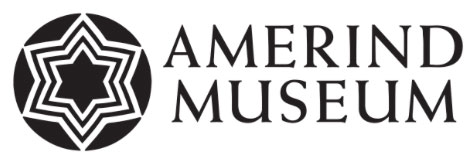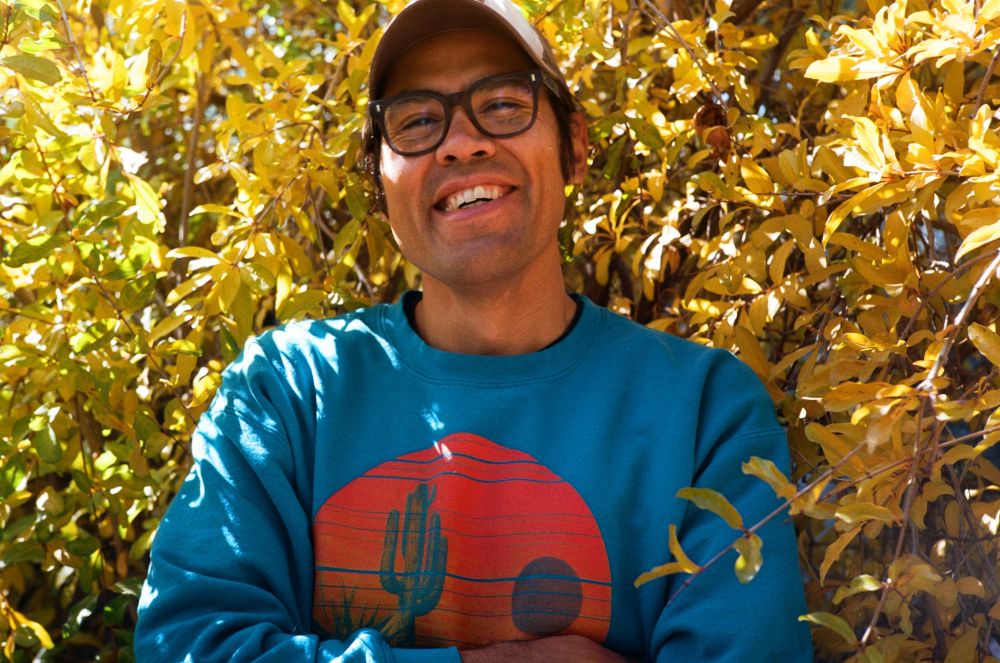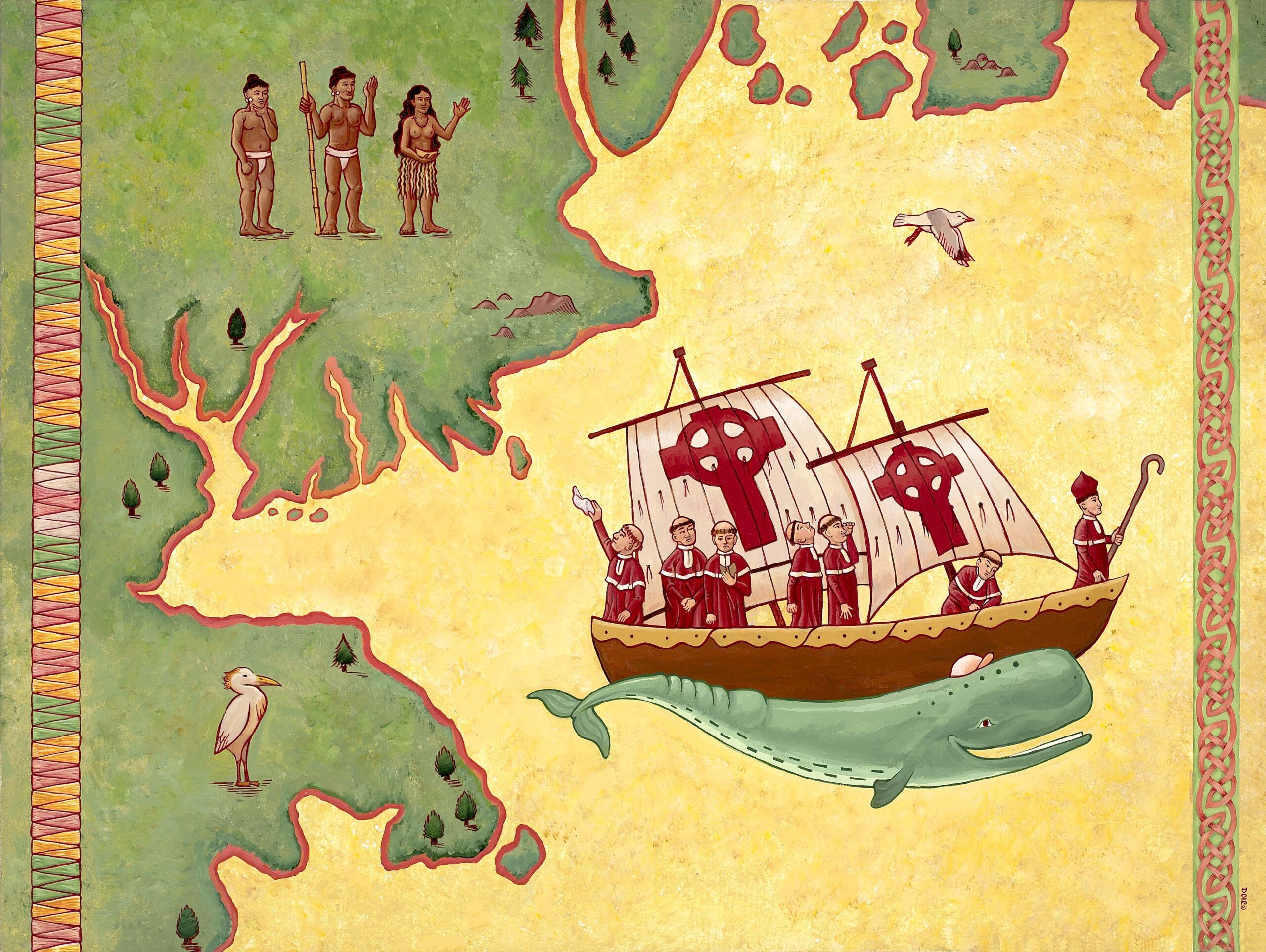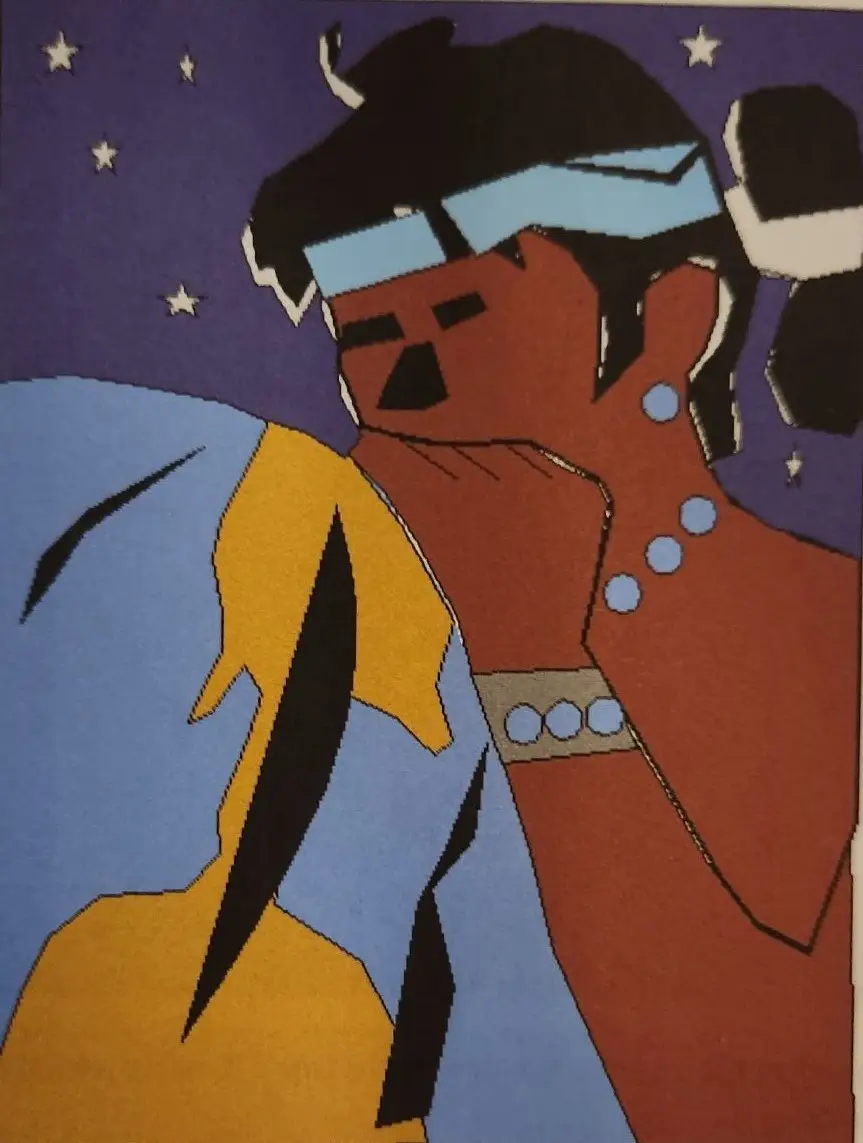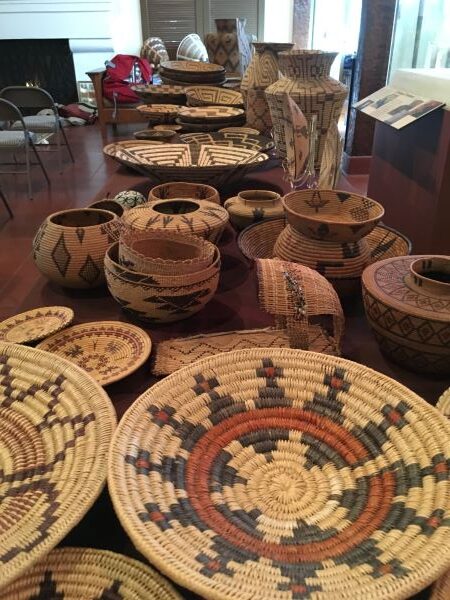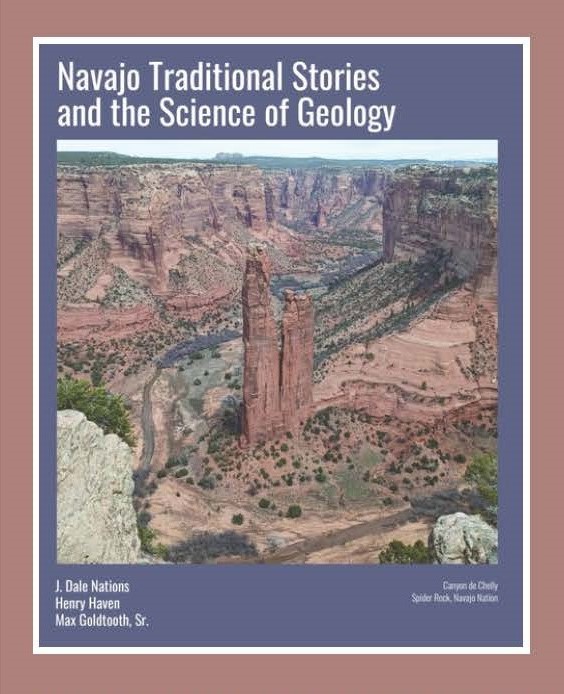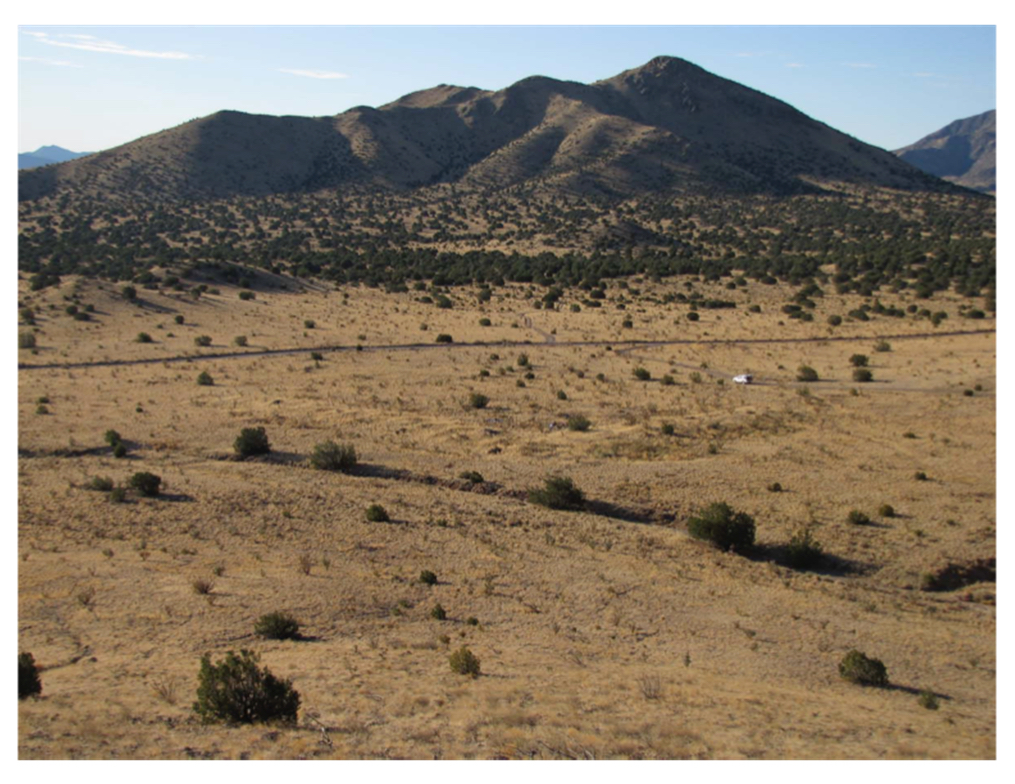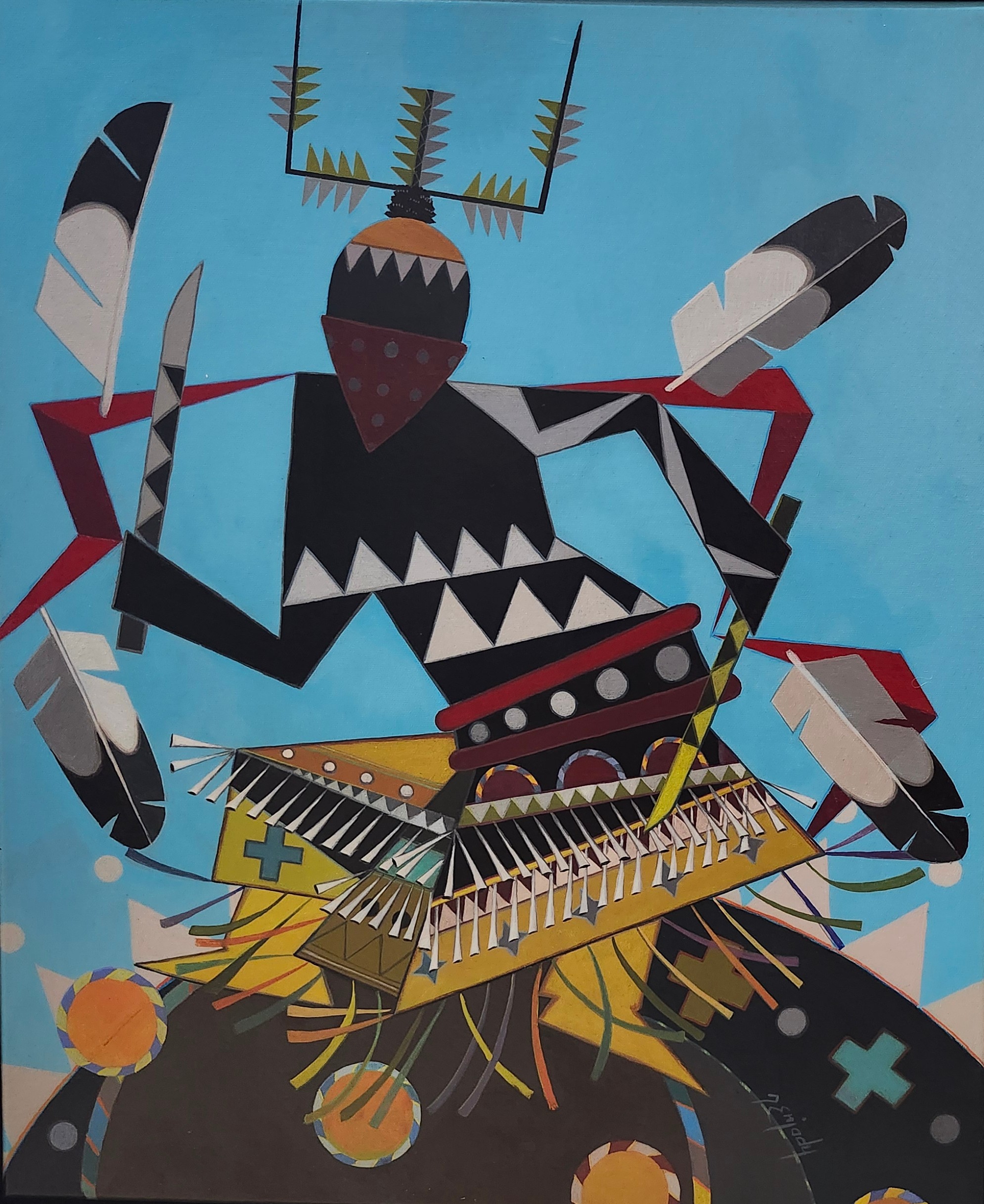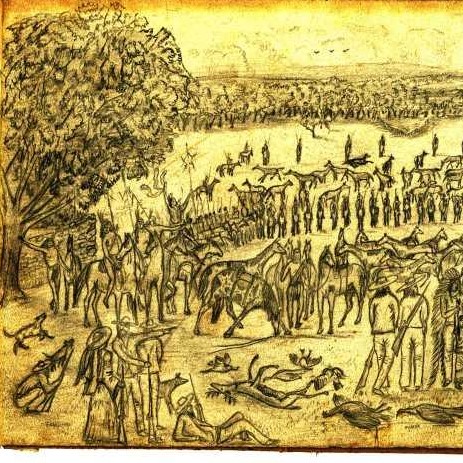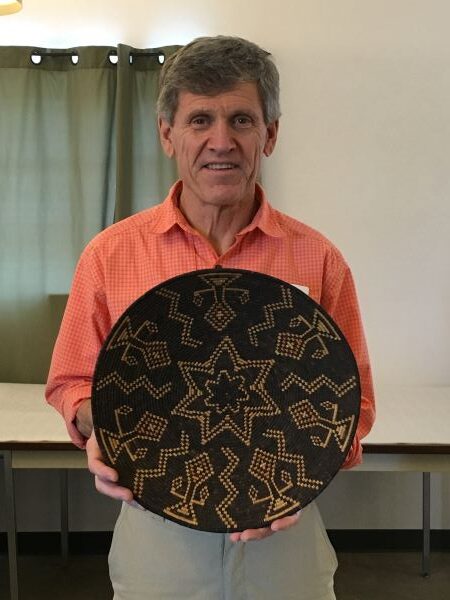$10 per vehicle
More details coming soon
Amerind Free Online Talk: Indians and Energy Transition: Green New Deal to ‘Drill, Baby, Drill!’ with Scholar Andrew Curley, PhD (Diné).
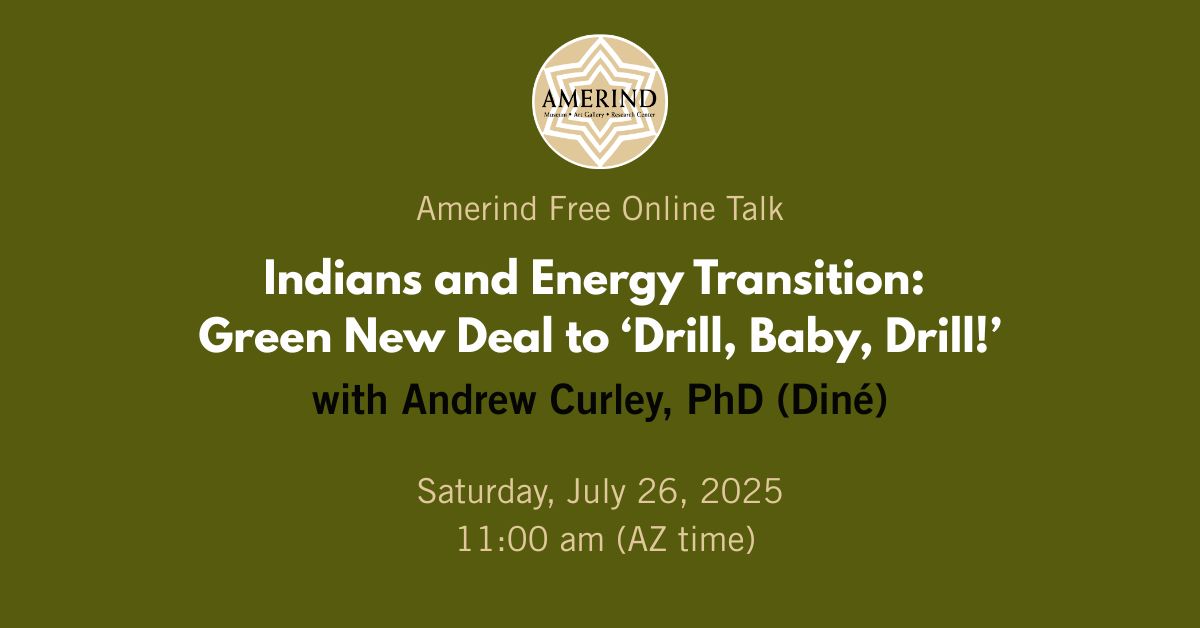
Free Online Talk
Saturday, July 26, 2025
11:00 am (AZ time)
Indians and Energy Transition: Green New Deal to ‘Drill, Baby, Drill!’ with Scholar Andrew Curley, PhD (Diné).
To register, visit: https://bit.ly/Amerindonline07262025Curley
Please take this opportunity to join us on Saturday, July 26, 2025 at 11:00 am (AZ time) for an online talk Indians and Energy Transition: Green New Deal to ‘Drill, Baby, Drill!’ with scholar Andrew Curley, PhD (Diné) as he discusses his research on the implications of energy transitions on Indigenous nations.
Energy in the United States is a topic of extreme importance. It is foundational to the U.S. economy, infrastructure, development in local communities, and accelerating processes of climate change. In political rhetoric, energy conversations oscillate between broad ideas of clean energy technology to opening more and more protected spaces for oil and gas drilling. Tribal communities are often caught in the middle of these political movements. Native leaders, planners, and workers must anticipate energy headwinds while shoring up their sources of development and revenue while at the same time thinking through the politics of climate change and the negative environmental impacts of energy projects, such as new kinds of contamination, threatening limited water sources or climate change. In this presentation, I will offer new research focused on the perspectives of Diné, Southern Ute Indian Tribe, and Jicarilla Apache community members in places with long histories of fossil fuel production, primarily oil & gas as well as coal and uranium.
Andrew Curley (Diné) is an Associate Professor in the School of Geography, Development & Environment at the University of Arizona. He is the author of Carbon Sovereignty: Coal, Development, and Energy Transition in the Navajo Nation (2023), UofA Press.
Not sure you can watch live on Saturday? Register using an email and a recording of the talk will be sent to you to watch at your leisure.
We hope you will join us!
America Meredith – Artist Talk & Exhibit Celebration
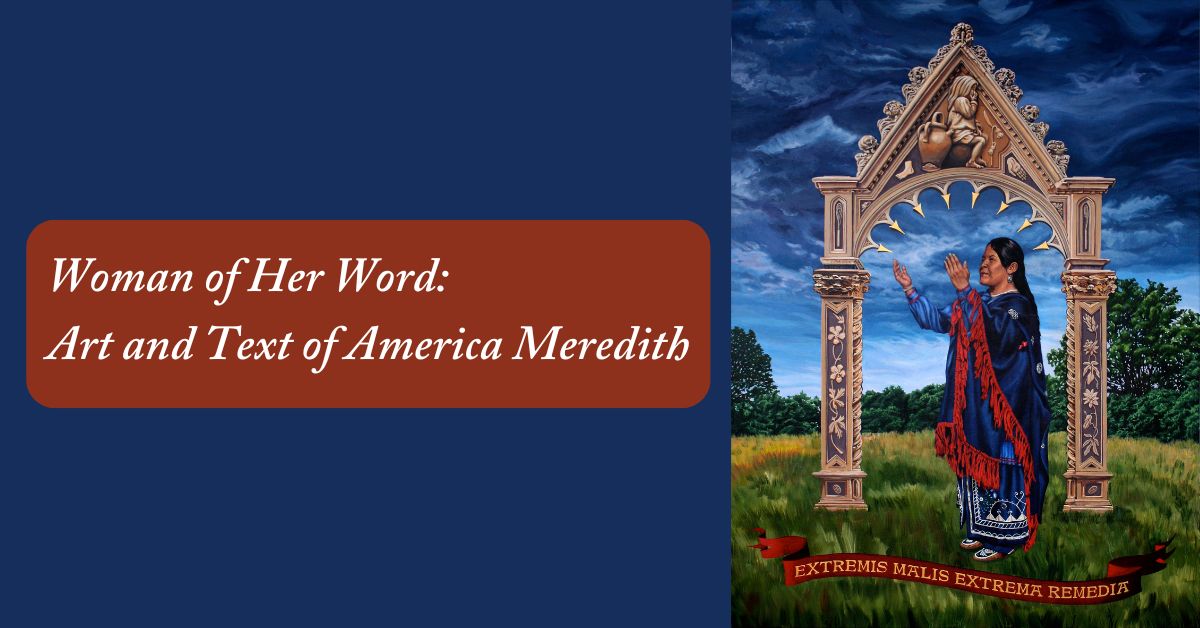
Artist/Editor of First American Art Magazine
Artist Talk/Exhibit Celebration
Saturday, April 5, 11 am to noon, at Amerind
Woman of Her Word: Art and Text of America Meredith. Come learn about her art and work as editor of the highly influential First American Art Magazine.
As an artist, she explores the intersections between language and image, between Native and non-Native cultures, and between humans and other living beings.
America Meredith earned her MFA from the San Francisco Art Institute and BFA from the University of Oklahoma. She has exhibited in the US, Canada, Europe, and Asia. She was the 2018 Sequoyah Fellow at Northeastern State University, won the 2018 Cherokee National Historical Society Contemporary Achievement Award, was a 2009 Artist Fellow of the National Museum of the American Indian, and won the Institute of American Indian Art’s Distinguished Alumni Award for Excellence in Contemporary Native American Arts.
Her Amerind talk will be on Saturday, April 5, 11 am to noon
at Amerind’s Fulton-Hayden Memorial Art Gallery
This is a FREE Event
(Detail of the painting) “St. Brendan: He Came, He Saw, He Went Back Home”, 2002, acrylic/canvas, America Meredith
Amerind Free Online Talk: Navajo Traditional Stories and the Science of Geology with Henry Haven
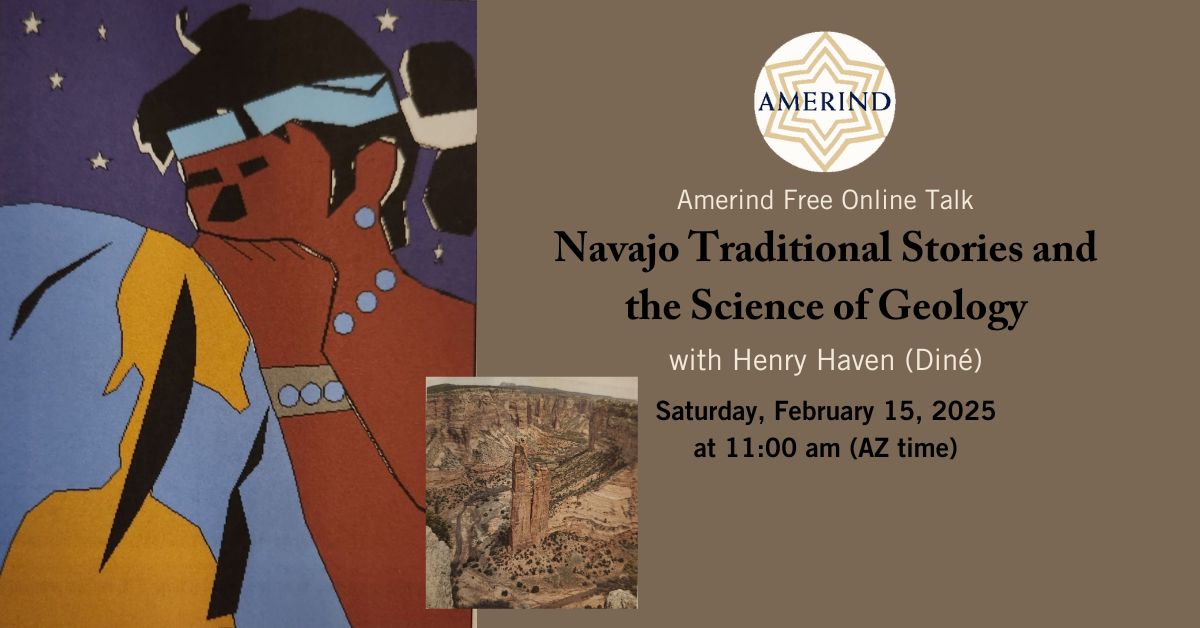
Yaalnii Neé Yani (Navajo Creator) blowing air into the small earth: image by Henry Haven
photo: Spider Rock in Canyon de Chelly
Amerind Free Online Talk
Saturday, February 15, 2025
11:00 am (AZ time)
Navajo Traditional Stories and the Science of Geology, with Henry Haven
To register, visit: https://bit.ly/Amerindonline02152025Haven
Join us on Saturday, February 15, 2025 at 11:00 am (AZ time) for an online talk with Geologist Henry Haven (Diné).
Henry will be giving a talk on his knowledge of traditional Navajo stories and oral history and the connection to the history and science of geology. Henry compares the four geological eras and geological events in the Four Corners region and lands of the (Diné Biknéyah) to traditional oral stories of the four worlds, four sacred elements, and other cultural concepts, where appropriate. They are not based on science as we know it but reflect an awareness of past geological events. Henry also draws on his education and experience as a geologist. This talk is based on his book entitled “Navajo Traditional Stories and the Science of Geology”, which he co-authored with J. Dale Nations, PhD, Geologist, and Max Goldtooth, Sr., a Navajo Medicine Man. (Innovative Ink Publishing, 2023).
Henry Haven is a geologist from the Navajo Nation. He received his master’s in Geology from Northern Arizona University. He retired after many years from the Navajo Nation Environmental Protection Agency. Previously, he worked for the Oil and Gas industry in Texas and the Four Corners area, exploring for oil and gas. Henry continues to consult for the Navajo Nation EPA, helping value and care for the land and water.
If you are unsure if you will be able to watch live at 11 on February 15th, register with an email, and you will be sent the recording of the talk after the talk.
Vintage Basketry and Weavings with Terry DeWald
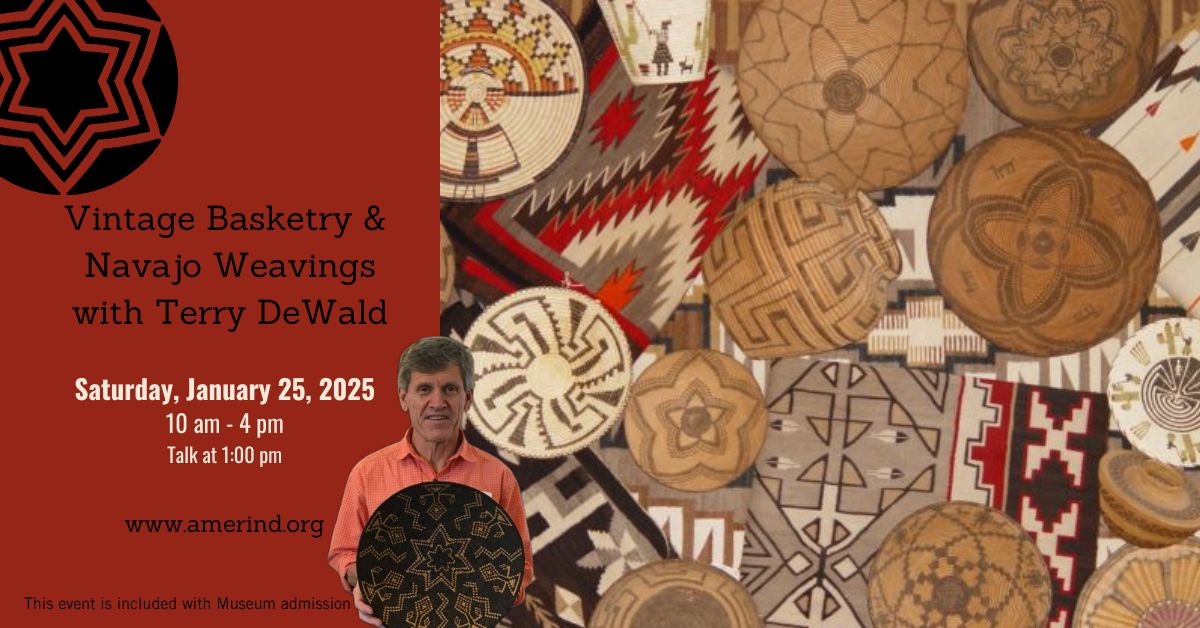
Vintage Basketry and Navajo Weavings show with Terry DeWald
Saturday, January 25, 2025
10:00 am – 4:00 pm
Talk at 1:00 pm
Please join us on Saturday, January 25, 2025, when we host Terry DeWald for a Vintage Basketry and Navajo Weavings Show at the Amerind Museum. The show will feature vintage Navajo weavings and baskets from California, the greater Southwest, and contemporary Tohono O’odham baskets.
DeWald has been a prominent dealer, lecturer, appraiser, and author of Native American art for more than 40 years.
Come and learn all about this beautiful art, have questions? Terry’s the one to ask! Also, remember that you do not pay sales tax on purchases from the Amerind Museum. Your purchases directly support Amerind’s work with Indigenous artists, museum collections, and public programming.
Terry will give a talk at 1:00 PM
This event is included with regular Museum admission.
Book-Signing and Talk with Authors Henry Haven, Dale Nations, PhD and, Max Goldtooth, Sr.

Saturday, November 23, 2024
11 am – 12 pm
Join us for a book signing with authors Heny Haven and Dale Nations, PhD & Max Goldtooth, Sr., who will be signing their book “Navajo Traditional Stories and the Science of Geology” by Dale Nations, Henry Haven & Max Goldsmith, Sr.
Geologist Henry Haven (Dine’) will also give a talk.
The three authors of this book vary greatly in backgrounds and experience but share in the love of the land and a desire to impart their knowledge of it. Comparisons are made of the rock record of geologic events known to geologists, to the legends in stories known to traditional Navajos. Ages and environments of deposition of stratigraphic units progress from the two billion-year-old rocks that are exposed in the Inner Gorge of the Grand Canyon to succeeding rock units known to exist on and under the lands of Dine ‘Bikeyah across the Colorado Plateau that were formed a few million years ago or less. Geologists use observed fossil records and other geologic events to establish a Universal Geologic Time Scale that consists of four Eras of geologic time: the Precambrian, Paleozoic, Mesozoic, and Cenozoic eras. Navajo medicine men tell stories of their vision of the First Dark World, the Second Blue World, the Yellow Third World, and the Fourth White World. The stories show a major cycle of life beginning and extinction of variety of different species in the four worlds as does the geologic history in the four geologic eras.
*This event is included with Museum admission
Amerind Free Online Talk: “Rio Abajo Cultural Traditions during the Late Prehistoric-Early Colonial Periods: A View from Goat Spring Pueblo (LA285), New Mexico” with Suzanne Eckert, PhD
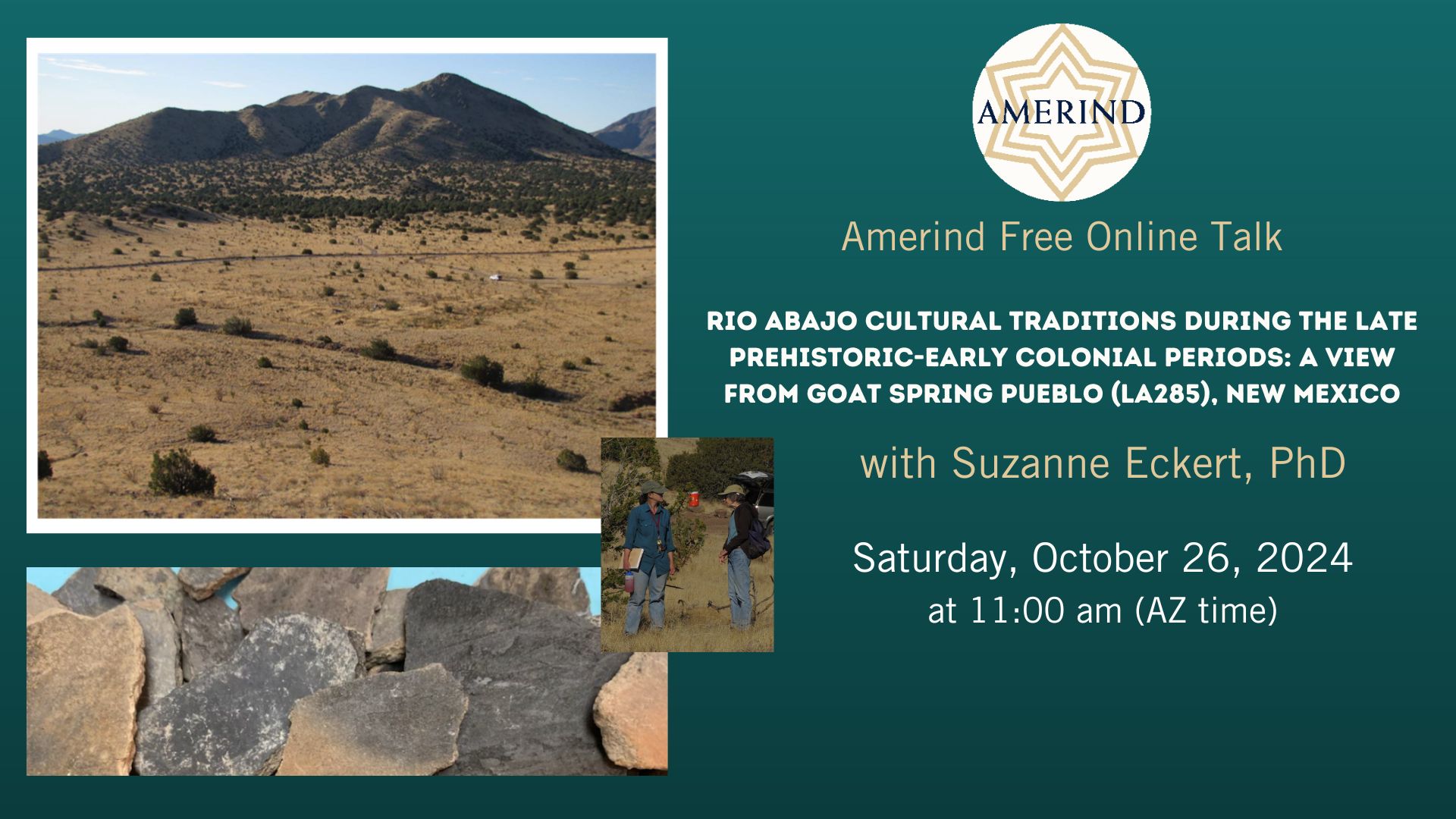
Amerind Free Online Talk
“Rio Abajo Cultural Traditions during the Late Prehistoric-Early Colonial Periods: A View from Goat Spring Pueblo (LA285), New Mexico” with Suzanne Eckert, PhD
Saturday, October 26, 2024, 11:00 am – Arizona time
“Rio Abajo Cultural Traditions during the Late Prehistoric-Early Colonial Periods: A View from Goat Spring Pueblo (LA285), New Mexico”
Located at a little over 6,000 feet in elevation along the eastern edge the Cibola National Forest, Goat Spring Pueblo overlooks the Plano San Lorenzo of the Rio Abajo floodplain. It has been suggested that Rio Abajo villages played a major role in late Ancestral Pueblo Period (A.D. 1300-1680) social dynamics. For example, a major trail between the Western Pueblo and Rio Grande regions passed near Goat Spring Pueblo before ending near modern day Socorro. Given this known trail, the Rio Abajo may have been a gateway for the movement of people, cosmological ideas and ritual practices, as well as goods between the Rio Grande and Western Pueblo regions. This lecture considers recent excavations at Goat Spring Pueblo that have contributed to a much better understanding of cultural change and continuity in this region during this time.
Suzanne L. Eckert is the Head of Collections at the Arizona State Museum. She earned her doctorate in 2003 from the Department of Anthropology, Arizona State University. Dr. Eckert’s research focuses on how late Ancestral Pueblo cultures organized ceramic technology. She is especially interested in how this technology integrated with other aspects of society, including migration, political and social organization, religious practice and ideology, and gender and ethnic relations.
Register here: https://bit.ly/Amerindonline10262024Eckert
Amerind Autumn Fest
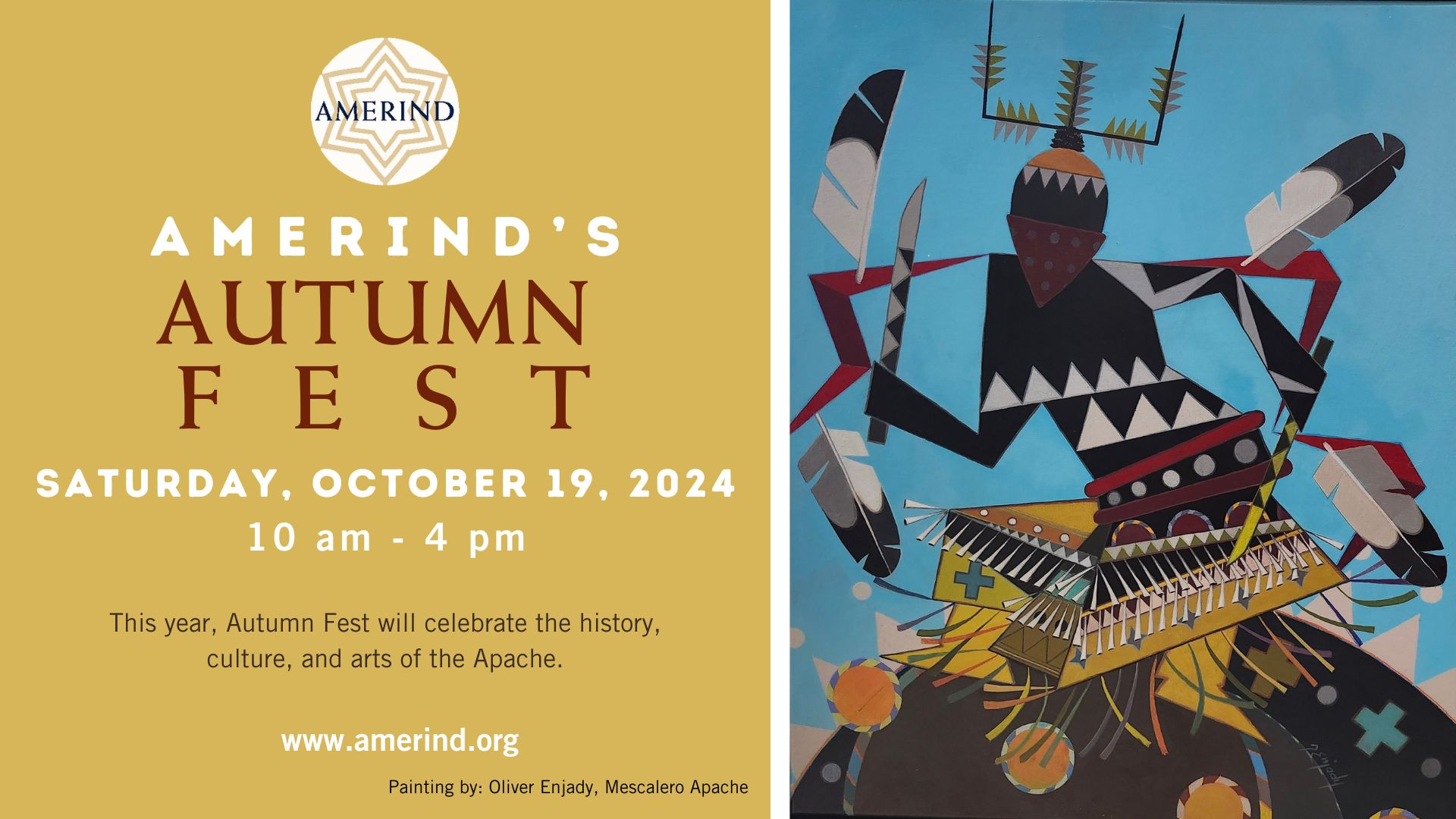
Amerind’s Annual Autumn Fest
Saturday, October 19, 2024
10 am – 4 pm
$10 per vehicle
Join Amerind at our Annual Autumn Fest as we celebrate the history, culture, and arts of the Apache Community.
Rich in tradition, history, and culture, Apache teachers, artists, and singers will hold a day-long cultural celebration at the Amerind Museum in Dragoon, Arizona.
Autumn Fest will feature live performances by musician Matthew Andrae (Jicarilla Apache) accomplished guitarist and singer-songwriter.
Public talks about Apache history from scholars:
Jeff Haozous (Fort Sill Apache) will present the following talks:
“Geronimo’s Road — the removal and ruination of the Chiricahua Apache Tribe”
11:45-12:45 Lecture in the Art Gallery
“Cochise’s Trees — the restoration and return of Chiricahua Apache people”
1:00-2:00 Lecture in the Art Gallery
Marcus C. Macktima,PhD (San Carlos Apache) will present the following talks:
“Civilizing” the Peoples: San Carlos Apache History, 1872-1900″
10:30-11:30 Lecture in Art Gallery
Prior to the colloquially named, “Apache Wars,” in the late nineteenth century, the Apachean peoples in Arizona Territory underwent a series of changes to their culture and hierarchies. The placement of Apachean peoples on reservations in the White Mountains and at the San Carlos Agency after the Camp Grant Massacre in 1871, fostered an environment where the federal government replaced the societal structures of the peoples and transformed the people into one that grew reliant on the government for all of their basic needs. Removals of Indigenous peoples throughout Arizona to the San Carlos Reservation altered the local community into a conglomerated peoples that proved problematic for all those involved. Moreover, the discovery of precious natural resources motivated Arizona officials to petition government entities to force a relinquishment of reservation territory for the benefit of the territory. The inclusion of all removed peoples on the reservation in determining such a change to reservation territory proved that the perception of identity was rooted in “reservation” politics, and also provided a means for government agents to accomplish its goals in developing a civilized American West. These changes and experiences primed the reservation for a moment in the 20th century that solidified the modern understanding of the San Carlos Reservation.
“Modernity as a Justification: The Coolidge Dam and Indian Reorganization, 1900-1930s”
2:15-3:15 Lecture in Art Gallery
As Arizona Territory moved into the 20th century, so did the Apachean peoples. The changes brought to the reservation in the 19th century, culminated in further diminishment of the Apachean identity. Furthermore, perceptions of the “San Carlos Indian” stemming from the previously fought “Apache Wars” made the peoples “expendable” in the eyes of the new settler government as water rights and issues for both settlers and the O’odham peoples in Central Arizona came to the forefront. The creation of the Coolidge Dam on the reservation, justified by Carl T. Hayden as a necessity to assist the O’odham people, hindered the ranching and farming capabilities of the San Carlos “Indians.” By the 1930s, the peoples underwent a significant change as they incorporated the Indian Reorganization Act into their new tribal government. Debates on its implications and implementations caused a political upheaval, and upon the establishment of the San Carlos Constitution, the peoples officially recognized all peoples on the reservation, including those removed to the reservation, as “Apache.”
We will have artist booths from various Indigenous artists who will be showing and selling their work, including: Oliver Enjady, paintings, Ishkoten Dougi, paintings/prints, Aaron Freeland, paintings/prints, Jicarilla Apache baskets by Rowena Mora, Jacinda & Adrian Atencio, Beadwork, pottery by Shelden Nunez-Velarde, Jewelry by Matagi Sorensen, Talrick Enjady, paintings/drawings, Jordan Torres, paintings/prints/metalwork, Leonard Boyd, paintings/sculpture, Randy “Sabba” Sabaque, prints, Roger Sosakete Perkins, paintings/pottery/digital art, Eric & Charlotta Greenstone, jewelry/horsehair pottery, Veronica & Ernest Benally, jewelry, Maria Arvayo, paintings, Gerry Quotskuyva, paintings/carvings,and last years people choice winners, Priscilla Tacheney, photography, John Suazo, sculpture, Arnold & Karlene Goodluck, jewelry and others!
- Artist demonstrations in Apache basket weaving by Rowena Mora.
- Amerind Artist in Residence Akilah Martinez will be showing her latest digital art.
- Join us for a special free basket-making activity designed for kids. This event offers a unique opportunity for young participants to learn about Apache culture and engage in the timeless art of basketry. Come and discover the beauty and significance of Apache baskets through a hands-on activity.
- Enjoy two new museum exhibits during Autumn Fest; Museum entry is included with vehicle entry.
- non-profit booth Nde’ Bike’eya’ Chiricahua Apache Land Trust
Food: by Shirley’s Native Food and La Unica Mexican Food.
Autumn Fest is Saturday, October 19, from 10:00 am until 4:00 pm at the Amerind Museum in Dragoon, AZ. $10 per vehicle.
Please be aware the Amerind Hiking Trails will be closed on October 19th during Autumn Fest. Thank you for your understanding.
Please note if you are interested in coming with a group on a chartered bus from Tohono Chul, visit: https://tohonochul.org/event/amerind-autumn-fest/ for more details.
Amerind Free Online Talk: Comanches, Captives, Germans: Transactions on the Texas Frontier, 1847 with Daniel J. Gelo & Christopher J. Wickham
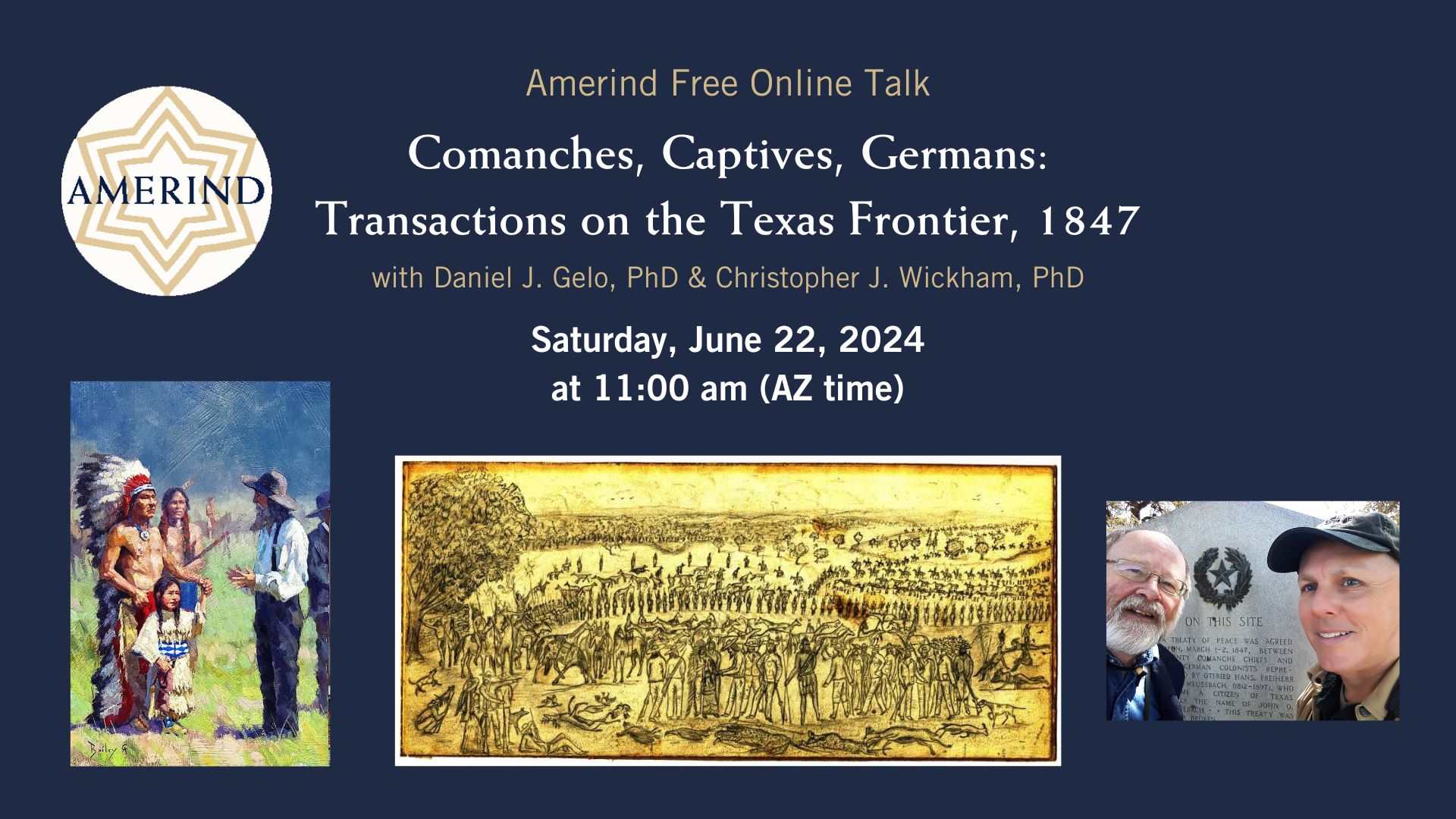
Free Online Talk
Comanches, Captives, Germans: Transactions on the Texas Frontier, 1847
with Daniel J. Gelo, PhD & Christopher J. Wickham, PhD
Saturday, June 22, 2024
11:00 am – Arizona Time
In 2021, three finely worked sketches dating back to the middle of the nineteenth century were brought to the attention of scholars studying the relationship between German settlers and Comanche Indians. Seemingly the work of one artist, and (with one exception) never published, the sketches feature Comanches, Germans, a captive girl, a wagon train, the landscape and wildlife of the Texas Hill Country, and dynamic scenes of cultural contact. Who was the girl? Who were the Comanches involved? Who were the Germans? Where and when did this captive exchange take place? What do we make of the rich Indian and German cultural details that the artist includes? How can we understand his work—as art, as data about Comanche life and customs, and as documentation of a specific cultural encounter? And, of course, who was the artist, and how important is his work? Trying to find answers to these questions, the presenters will examine the drawings in detail and decode information placed by the artist.
Daniel J. Gelo is Dean and Professor of Anthropology Emeritus and former Stumberg Distinguished University Chair at the University of Texas at San Antonio. Gelo holds Ph.D., M.Phil., M.A., and B.A. degrees in anthropology from Rutgers University. His publications include: Comanche Vocabulary (University of Texas Press, 1995), Comanches in the New West, 1896-1908 (with Stanley Noyes, University of Texas Press, 1999), Texas Indian Trails (with Wayne L. Pate, Republic of Texas Press, 2003), Comanches and Germans on the Texas Frontier: The Ethnology of Heinrich Berghaus (with Christopher J. Wickham, Texas A&M University Press, 2018), and Indians of the Great Plains (Second Edition, Routledge, 2019). He has won the UTSA President’s Distinguished Achievement Award, the University of Texas System Chancellor’s Council Outstanding Teaching Award, and the Presidio La Bahia Award for best book on early Texas history.
Christopher J. Wickham is Professor Emeritus of German at the University of Texas at San Antonio. He earned his Ph.D. at the University of Wisconsin-Madison. Having taught at the Universität Regensburg, Germany, Allegheny College, PA, and the University of Illinois at Chicago he moved to UTSA in 1991. Wickham retired from teaching in 2017. His research focuses on German literature and culture, and most recently on the interaction between German settlers and Comanches in 19th-century Texas. He authored a monograph on the dialect of Diendorf, Bavaria, (1987) and books on the notion of Heimat (1999) and Comanches and Germans in Texas (2018, with Daniel J. Gelo) which won the Presidio La Bahia Award for best book on early Texas history. Comanches, Captives, and Germans, a book coauthored with Dan Gelo, Hoppy Hopkins and Bryden Moon, appeared in January 2023. He is currently working with Dan Gelo on a study of 19th century Texas botanist and newspaperman Ferdinand Lindheimer.
Book Publication:
Gelo, Daniel J., C. B. “Hoppy” Hopkins, Christopher J. Wickham, and Bryden Moon.
Comanches, Captives, and Germans: Wilhelm Friedrich’s Drawings from the Texas Frontier. Kerrville, TX: State House Press, 2022.
https://www.tamupress.com/book/9781649670137/comanches-captives-and-germans/
To register for this free online event, visit: https://bit.ly/Amerindonline06222024GeloWickham
Vintage Basketry & Navajo Weavings with Terry DeWald
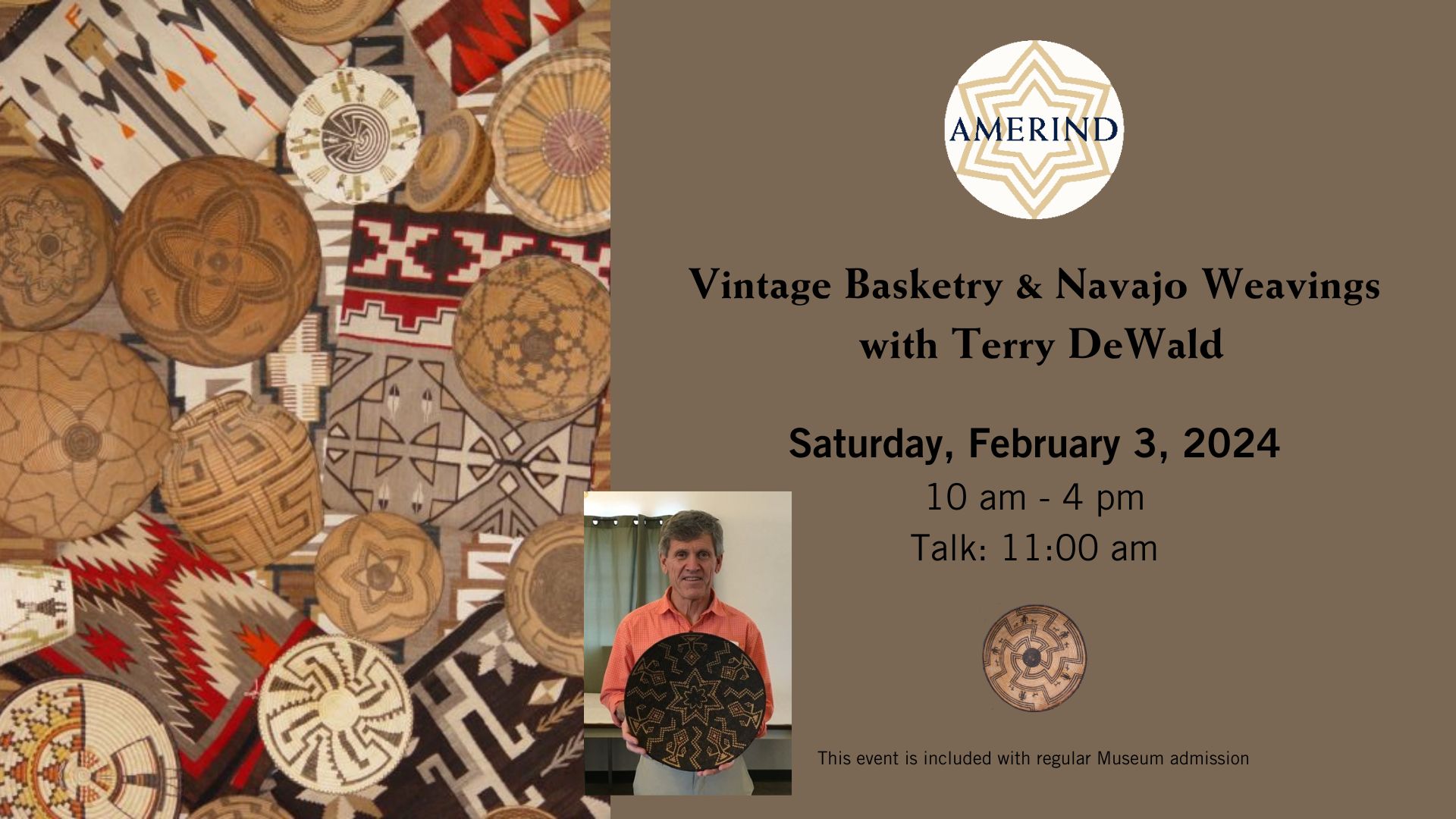
Vintage Basketry and Navajo Weavings with Terry DeWald
Saturday, February 3, 2024
10:00 am – 4:00 pm
Talk: 11:00 am
Please join us on Saturday, February 3, 2024, when we host Terry DeWald of Terry DeWald American Indian Art for a Vintage Basketry and Navajo Weavings Show & Sale at the Amerind Museum. The show will feature vintage Navajo weavings, vintage baskets from California, the greater southwest, and contemporary Tohono O’odham baskets.
DeWald has been a prominent dealer, lecturer, appraiser, and author of Native American art for more than 40 years.
DeWald will give a talk on Vintage Basketry and Navajo Weavings at 11:00 am.
This event is included with regular Museum admission.
